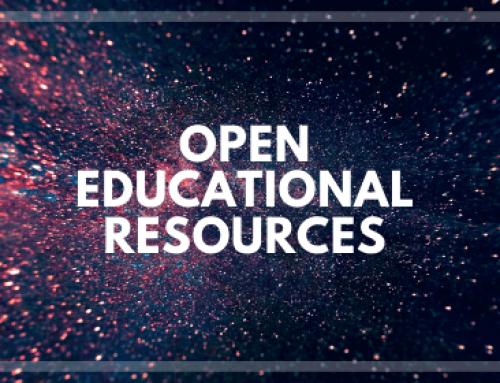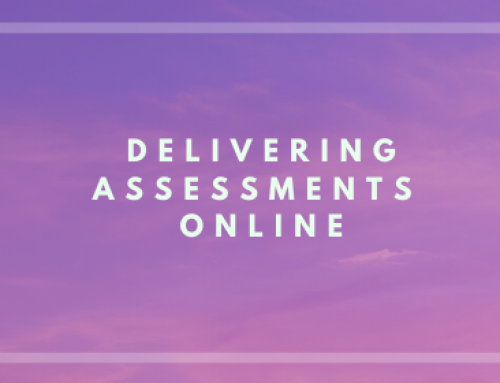KWL Chart
What I Know, what I Want to learn, what I did Learn
Purpose
The KWL approach “named for the three basic cognitive steps required: accessing what I Know, determining what I Want to learn, and recalling what I did Learn” (Ogle, 1986) is an active learning strategy developed in the 1980’s. The driving force behind it’s development was to capture what the students “bring to each reading situation and model for their students the importance of accessing appropriate knowledge sources before reading” (Ogle, 1986).
Learning Context
This technique works well with course readings but can be applied in other contexts. For example this learning strategy could applied at the start of a topic to capture what the students know as well as what they would like to know. Engaging with the cohorts knowledge base prior to starting a topic demonstrates to the student that the instructor is willing to tailor content to their needs. This approach incorporates some of the elements from RMIT’s Principles for inclusive Teaching particular the tenets of Teach Explicitly. At the end of the topic students fill in what they have learnt. By following this process students will remain an active participant in their learning throughout the duration of the topic.
Resources
Further Reading
K-W-L (Know, Want to Know, Learned)
Video
KWL Chart: Teaching Strategies #4
K-W-L: A Teaching Model That Develops Active Reading of Expository Text – LINK





